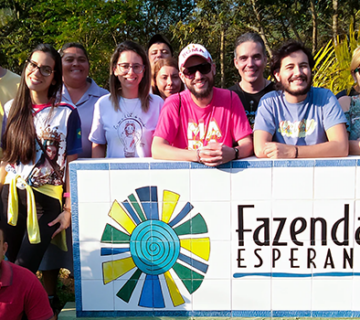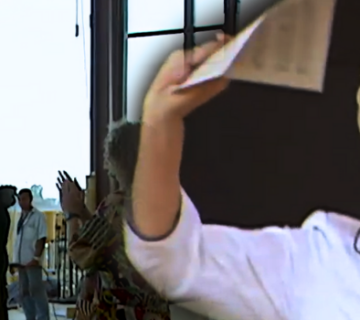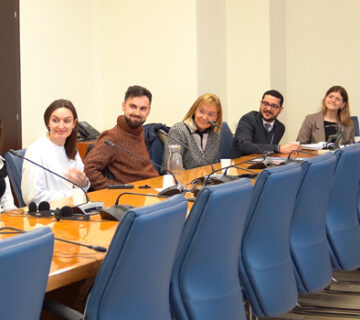
When you arrive in Chicago from the East Coast you immediately realise that you’re in another world.
The city runs along Lake Michigan for 50 km. Despite our night-time arrival at Midway Airport, the urban skyline of modern, lit-up skyscrapers was truly striking. Here too the population is multiethnic but it’s somehow different from New York and Washington. Chicago, the third largest city in the US with its 3 million inhabitants (9 million if you include the suburbs), is the city with the second largest Polish population in the world. It also has particularly numerous Greek and Italian communities. Throughout the decades – at times centuries – these cultural groups have maintained a clear identity within their characteristic neighbourhoods. Recent generations, however, have contributed to increased integration.
Some neighbourhoods have had serious public order problems and sometimes you’re told not to cross certain streets if you want to avoid trouble. But in Illinois and throughout the Midwest religious values and traditions are still strong and families strive to pass them on to their children.
Shortly after its arrival in the USA 50 years ago, the Focolare Movement was instituted in Chicago. Since 1966, in the Hyde Park neighbourhood, a 19th Century mansion house – loaned to the Movement by the diocese – has hosted a Mariapolis Centre. Beside it, in just as pretty a house, is the women’s focolare centre. Over the past two years the neighbourhood had been under strict security surveillance: the Obama family residence is at the end of the road. The US President will here next week, people tell us. The men’s focolare centre is a 20 minute car drive – when traffic is good – in a suburb called Berwyn.
Not far away is another small town, North Riverside, with its own town hall and mayor. There Carol, a Volunteer who got to know the Movement back in the 60’s, gave life to a very touching experience. Carol, whose son has serious disabilities, is particularity sensitive to other’s pain. She built bridges all around her with people in the neighbourhood who were suffering for one reason or another. A network of reciprocal care was gradually formed, triggering a social revolution. By now the people who run the activity have been christened “army of angels” and the project is sponsored by the local government. It’s a true model of sustainable and reciprocal care for the emotionally or physically vulnerable, giving life to a distinctive art of caring for the suffering. Other municipalities have contacted River Side North to collaborate in overcoming seemingly impossible problems. Even the president of the Bahamas on hearing about the project asked for sponsorship to apply the same methodology in his country.
 Focolare’s youth members organised a meeting for their peers which took place on Saturday afternoon in North Riverside’s Village Hall. They invited friends and acquaintances as well many other young people through personal contacts, Facebook, and the internet. It was difficult therefore to estimate the possible turn-out. The program was courageous: a presentation of Chiara Luce Badano’s life enriched by experiences of local young people in their everyday environment of school and work. A young ballerina came from Ohio for the event and presented the audience with an elegant piece of dance. Another young artist sang a song she wrote about Chiara Luce and her sainthood.
Focolare’s youth members organised a meeting for their peers which took place on Saturday afternoon in North Riverside’s Village Hall. They invited friends and acquaintances as well many other young people through personal contacts, Facebook, and the internet. It was difficult therefore to estimate the possible turn-out. The program was courageous: a presentation of Chiara Luce Badano’s life enriched by experiences of local young people in their everyday environment of school and work. A young ballerina came from Ohio for the event and presented the audience with an elegant piece of dance. Another young artist sang a song she wrote about Chiara Luce and her sainthood.
This inspired Maria Voce’s opening lines when she herself took to the stage to greet the young participants. She underlined that God continues to call each one of us to be saints today and that he does this through people like Chiara Luce who show us how to become saints with the help of others: family and friends who live for the same ideals. The Focolare president concluded by launching an appeal without half measures: “Do you want to be a saint? Then why not do it?” The response was a standing ovation, a sign that the message really struck a chord. We can’t deny that today in the Mid-West and through out the world there is a thirst for sainthood.
By our correspondent Roberto Catalano
[nggallery id=30]


 Italiano
Italiano Español
Español Français
Français Português
Português


